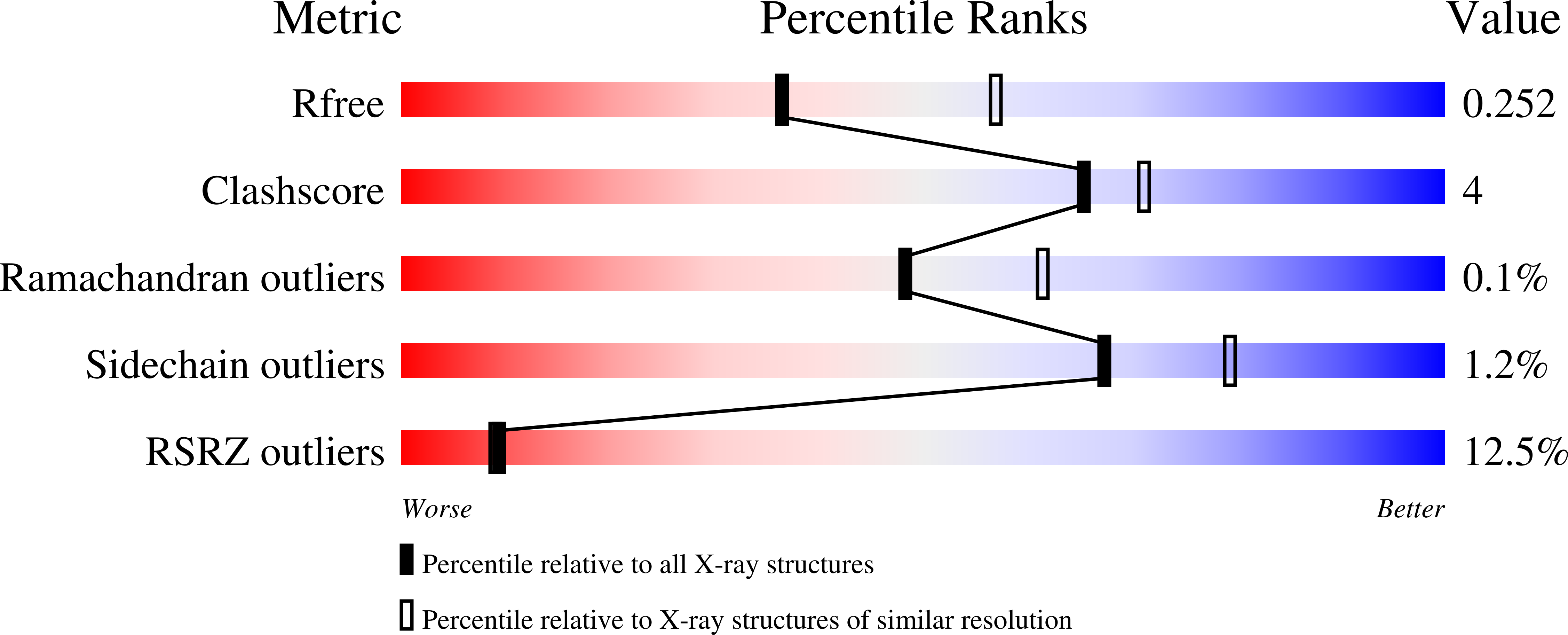
Deposition Date
2025-04-24
Release Date
2025-09-03
Last Version Date
2025-09-10
Entry Detail
PDB ID:
9R09
Keywords:
Title:
Structure of A16/G9 (vaccinia virus) in complex with VHH D07 at pH 5.7
Biological Source:
Source Organism:
Vaccinia virus Western Reserve (Taxon ID: 696871)
Vicugna pacos (Taxon ID: 30538)
Vicugna pacos (Taxon ID: 30538)
Host Organism:
Method Details:
Experimental Method:
Resolution:
2.45 Å
R-Value Free:
0.25
R-Value Work:
0.21
R-Value Observed:
0.21
Space Group:
P 21 21 21


